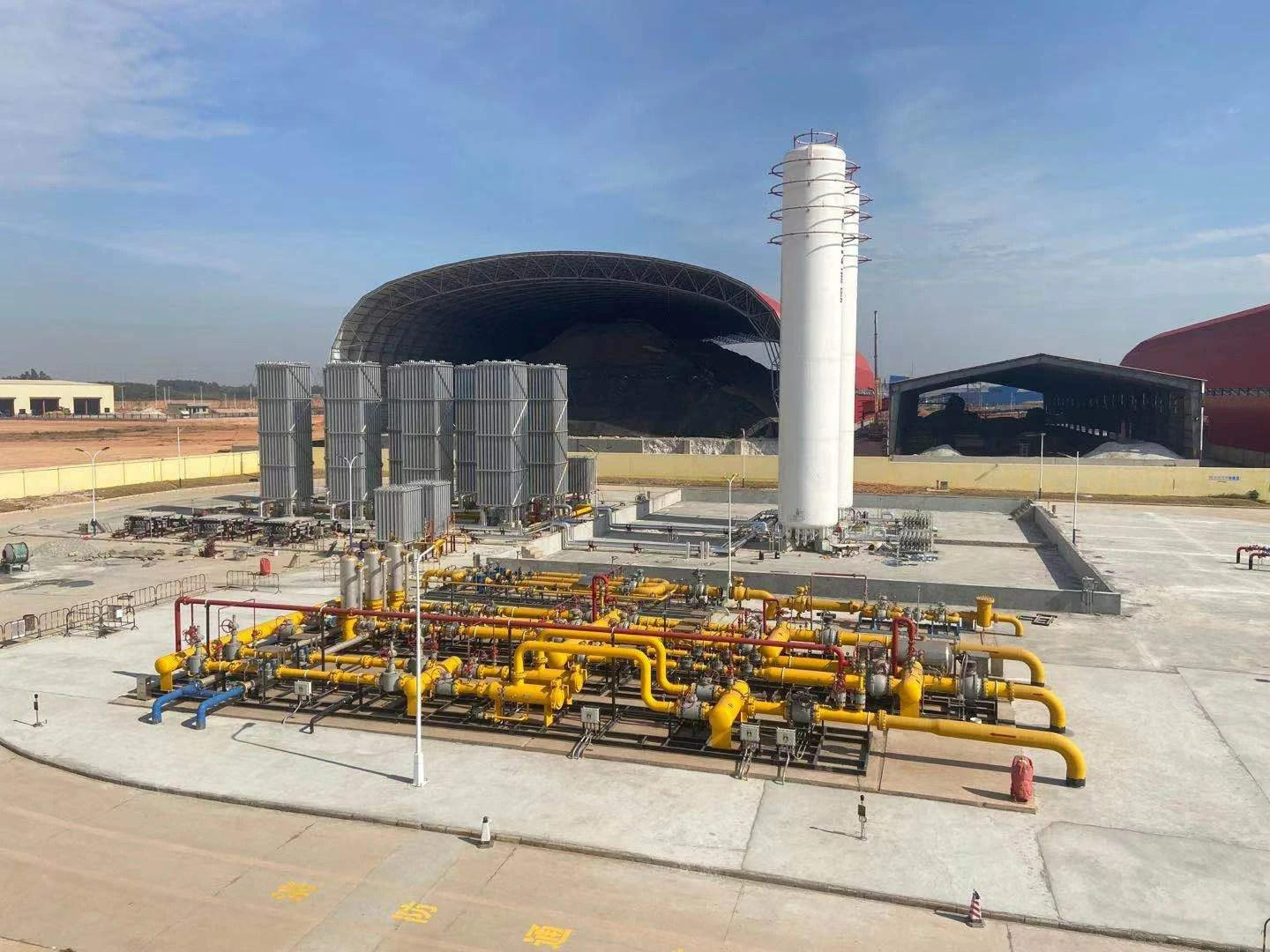
Dec . 04, 2024 09:26
Back to list
Pressure Regulation Valve and Its Importance in System Efficiency
The Role and Importance of Pressure Regulating Valves
Pressure regulating valves (PRVs) play a crucial role in various industrial applications by controlling the pressure of fluids within a system. These devices ensure that pressure levels remain stable, which is essential for both safety and efficiency. This article explores the function, types, and significance of pressure regulating valves in modern industries.
Understanding Pressure Regulation
At its core, a pressure regulating valve is designed to automatically maintain a predetermined set pressure in a system, regardless of fluctuations in upstream pressure. This is particularly important in applications where pressure consistency is vital for operational safety and efficiency. For example, in hydraulic systems, improper pressure levels can lead to equipment failure, while in gas distribution, it can result in hazardous conditions.
Types of Pressure Regulating Valves
There are several types of pressure regulating valves, each tailored to specific applications and requirements
1. Mechanical Pressure Regulators These traditional PRVs use mechanical components like springs and diaphragms to manipulate pressure levels. A spring applies a force that balances against the pressure from the fluid. As the downstream pressure rises above the setpoint, the valve opens to relieve excess pressure and vice versa.
2. Electromechanical Pressure Regulators Utilizing electronic controls, these regulators provide increased precision in pressure management. They can be adjusted remotely and often incorporate advanced features such as real-time monitoring via sensors.
.
4. Hydraulic Pressure Regulators Designed for systems that use hydraulic fluids, these regulators help maintain the desired pressure for hydraulic machinery, which is essential for their proper functioning.
صمام تنظيم الضغط

Applications of Pressure Regulating Valves
PRVs are found across various industries, including
- Oil and Gas In oil and gas extraction and transportation, PRVs manage pressure in pipelines, ensuring safe and efficient flow while preventing leaks or ruptures. - Water Treatment In municipal water supply systems, PRVs maintain water pressure to ensure consistent supply and prevent damage to infrastructure.
- Food and Beverage In processing plants, maintaining pressure is critical to ensuring food safety standards and product quality.
- Manufacturing Many manufacturing processes rely on consistent pressure in pneumatic and hydraulic systems for the efficient operation of machinery and assembly lines.
The Significance of PRVs in Safety and Efficiency
The importance of pressure regulating valves cannot be overstated. Firstly, they significantly enhance safety by preventing pressure build-up that could lead to equipment damage or catastrophic failures. Second, PRVs help improve system efficiency by ensuring optimal flow rates and minimizing wasted energy. By maintaining consistent pressure, they also extend the lifespan of equipment, reducing maintenance costs and downtime.
Additionally, in an era where industries are focusing on sustainability, PRVs contribute to energy conservation. By regulating pressures effectively, these valves help to minimize leaks and inefficient operations, thus reducing overall energy consumption.
Conclusion
In summary, pressure regulating valves are indispensable components in a wide array of industrial applications. Their ability to maintain optimal pressure levels not only enhances the safety and efficiency of operations but also plays a significant role in promoting sustainability. As industries continue to evolve and embrace new technologies, the development and implementation of advanced pressure regulating valves will remain crucial in addressing the challenges of modern fluid systems. Understanding their functionality and applications is essential for engineers, operators, and decision-makers across various sectors, ensuring that systems remain safe, efficient, and environmentally friendly.
Latest news
-
Safety Valve Spring-Loaded Design Overpressure ProtectionNewsJul.25,2025
-
Precision Voltage Regulator AC5 Accuracy Grade PerformanceNewsJul.25,2025
-
Natural Gas Pressure Regulating Skid Industrial Pipeline ApplicationsNewsJul.25,2025
-
Natural Gas Filter Stainless Steel Mesh Element DesignNewsJul.25,2025
-
Gas Pressure Regulator Valve Direct-Acting Spring-Loaded DesignNewsJul.25,2025
-
Decompression Equipment Multi-Stage Heat Exchange System DesignNewsJul.25,2025

